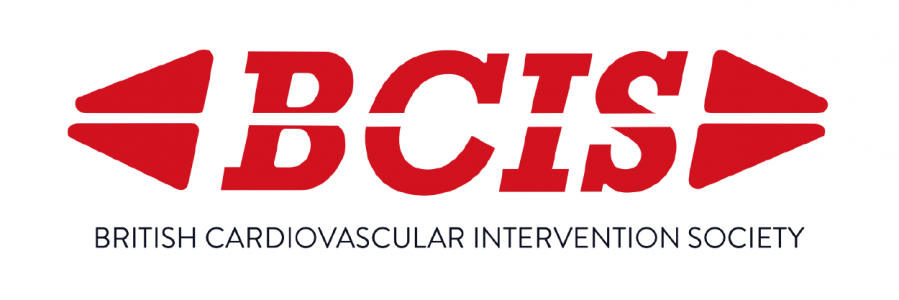“Hi, my name is Roxanna Mehran. I'm professor of medicine, cardiology, population health science and policy at the ICAHN School of Medicine at Mount Sinai. An interventional cardiologist.
ABILITY DM Study Overview
The ABILITY DM study, ABILITY diabetes study, if you will, was the very first, largest randomised clinical trial in patients with diabetes randomised to two different stent platforms.
Rationale
Why did we do this study? Well, diabetic patients are at a higher risk for recurrent events, and we've seen that even with the best generation drug eluting stents, there are still some shortcomings.
Novel Device
There's a novel device that combines drug eluting stent technology with a drug coated balloon. How does this work? It's called the abluminous DES. The stent is crimped over the balloon, and then the drug and polymer are applied over the crimped balloon and stent. So the idea is a homogeneous distribution, not just within the stent struts, but actually throughout the lesion and also at the edges.
Trial Design
We performed this 3000 patient randomised trial, all diabetic patients, mostly type two diabetes, some insulin dependent diabetic patients. What we found very importantly, is that our trial was powered for non-inferiority, and we went up against the best in class science stent.
Challenges
The trial was performed during the pandemic, with recruitment and follow up of 3000 patients over a three-year period. It was very, very difficult, and we had the best investigators in so many different sites, over 100 sites around the globe, mostly in Europe and Asia. We were able to get fantastic follow-up, 98% follow-up on everyone, but it was very difficult to get many of these patients back. So most of the follow-up was by phone.
Outcomes
Very interestingly, the outcomes were important because we powered for non-inferiority. Unfortunately, we missed the non-inferiority endpoint. However, if you look over and see how these stents performed, they performed quite well. The target lesion revascularization for the test stent was at 5%, 4.7%, really low for diabetic patients. We had assumed about 7.5%, so it was much lower than expected. But the control stent did even better, like 2.5%, almost unheard of.
Takeaways
So I think the takeaway is, while we didn't meet non-inferiority, there was really excellent performance. When you pay attention to diabetic patients, you do good work, you get good results. Both stent platforms did well. Of course, we missed non-inferiority.
Future Plans
The big plan here is now the original plans for the study were to follow everyone out to two years. We understand that in diabetic patients there is a late catch up, and these patients end up coming back more. So it's going to be really, really important, that two-year follow-up, which is what we're looking for. I believe that over the next year, these results will show the non-inferiority of these two stent platforms. But we're going to have to see, and I think I'm thrilled to see that there are such good outcomes in patients with diabetes with these two stent platforms.”








Comments